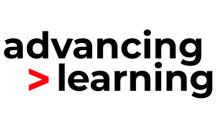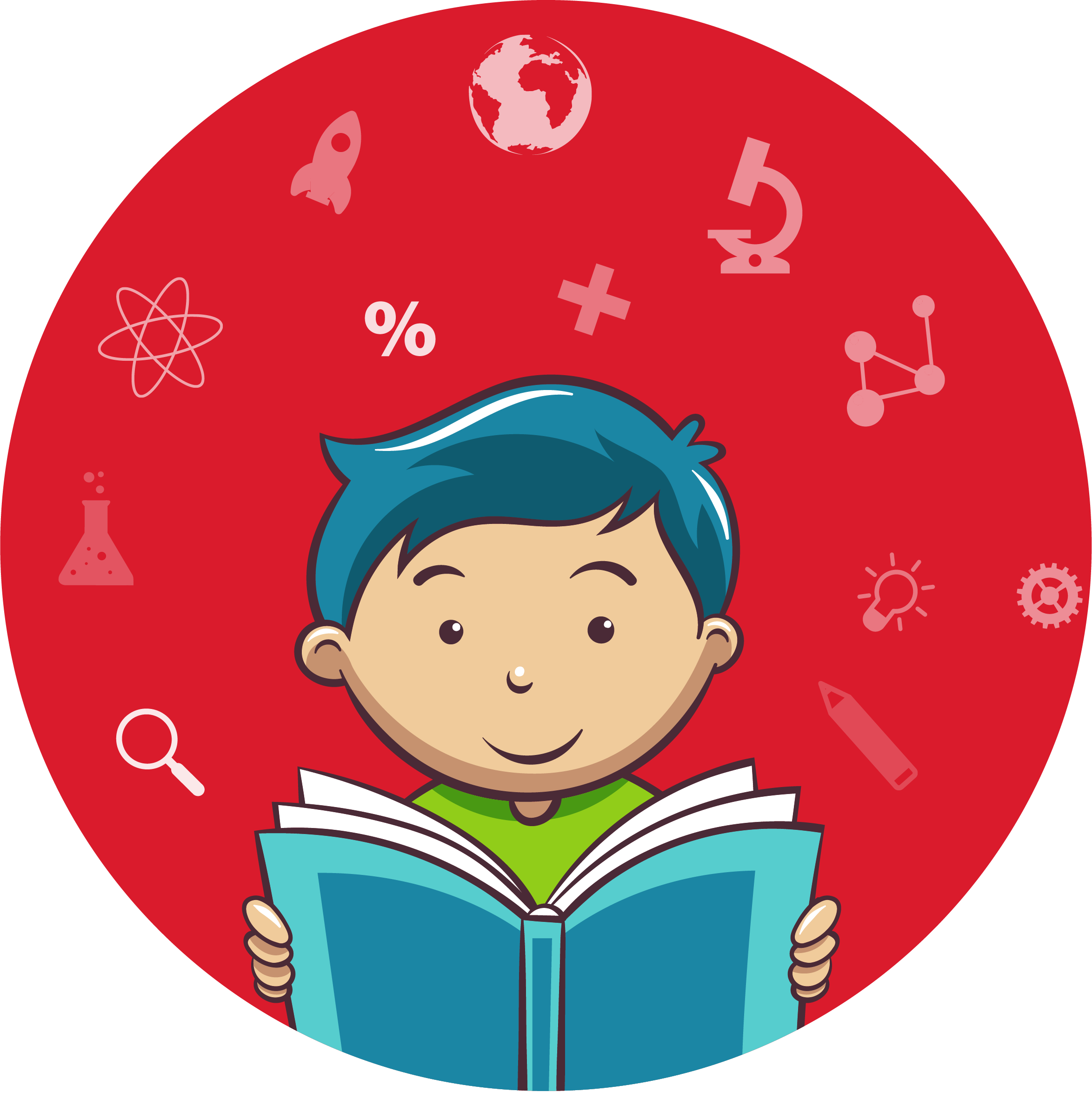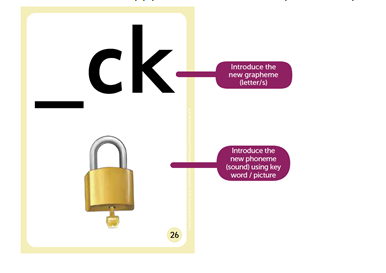The English alphabetic code is a complicated one, there are 26 letters, 44 phonemes and there is no 1-2-1 letter-sound relationship! Maybe that’s why Synthetic Phonics has become increasingly popular in the Young Learner’s classroom as a way to introduce learners to reading and writing in English. For learners who don’t know how to read and write yet in their first language or learners whose native language has a different script phonics can be a useful tool to learn a language which has more sounds than letters.
Making it meaningful
One of the challenges when using phonics programmes is that words used to introduce new sounds might be unknown to English language learners. A native speaker child has a much broader range of English vocabulary than a second language learner. If children are to benefit from phonics we need to work with vocabulary that is familiar. One simple way of doing this is to link the phoneme and grapheme you want to introduce with an age-appropriate visual learners are familiar with. In Snappy Sounds this is already done for you!
Make it multi-sensory
We all know that YLs learn best when learning is fun and memorable. So in addition to producing the sounds and showing images it is a good idea to get learners to be kinaesthetically involved. You can ask learners to create a movement for the word “lock” that helps them to remember the /ck/ sound better. For example, holding their hands in front of their body and one hand ‘holds’ and turns the key whereas the other hand -a close wrist- represents the lock. Get them to show you their ideas! When different pathways to store new information are provided stronger connections in the brain are being formed and information will be stored more effectively. For each Snappy Sound learners also get to form the letter on a mini-white board (MWB). So why not get them up to ‘air write’ the letter or with a buddy let them do some back-writing or palm-writing to connect the sound and shape before copying the grapheme onto their own MWB?
Some fun kinaesthetic letter-sound revision activities
- Running to the correct letter: On the wall hang up some large graphemes. Say one of the sounds and get learners to point or move to the correct graphemes. Or read out words with the sound -either at the start, at the end or in the middle and do the same.
- Letter hopscotch: Stick or draw- graphemes on the floor and get a learner to jump on the correct grapheme when you call out the sounds or words containing the sounds.
- Fly swatting: write letters or words on fly-shaped pieces of cardboard, stick them on the wall or place them on the floor. Hand out fly swats to each learners. Learners listen and swat the letter or word matching the sound they hear. Then in pairs one can swat flies whilst the other is saying its sounds/words.
Little but often
If you decide to use phonics, which will help to approach the learning process in a systematic way, make sure you create a daily routine. For learners to benefit from phonics they need to be fully involved, often! Kids’ enthusiasm for learning is high and you can easily introduce one sound per day when you make it short, snappy and engaging! Although this may seem a lot, most learners cope well and will look forward to a new sound every day. However, each context is different and you will need to decide the appropriate pace for your class.
It is also important that letters and sounds are ordered from easier to more complex and that you add to what they already know. Snappy Sounds provides a structured approach; in week 1 /t/ is introduced because it has only got one sound, whilst /eigh/ is introduced later because it is much more complex. Remember to keep your phonics slot snappy; plan in about 10 minutes per day; start with revisiting prior sounds before introducing a new sound. Young learners need consistency, in Snappy Sounds each phonics lesson covers:
Build vocabulary
Even though phonics is a great tool in their reading-to-read toolkit, teaching phonics is not enough to develop learners into effective readers. Making meaning and the ability to read, decoding, are two very different things. Both, however, are needed for learners to read with comprehension. Whilst ‘reading’ involves translating text into sounds or oral language, ‘comprehension’ involves making meaning from those words. Explicitly focusing on word building activities in the English language classroom enables learners to expand their vocabulary which is key? What is the use of being able to decode without being able to understand what it is about? Snappy Sounds provides 10 Decodable Readers for each level that consolidate the sounds learners have been taught, but also contain interesting illustrations and photographs that provide opportunities to expand their vocabulary.
Focus on the context
Decodable readers allow the learners to read words that contain the sounds that have been introduced and see, hear and read these words in a meaningful context. However, the readers can also be used before the sounds are introduced; a picture walk could help you create a context for the phonemes you will introduce next and gives an opportunity to talk about the text.
Something to be aware of is that every language has its own characteristics and for example Spanish speaking children will display different challenges than children with Arabic as a first language. In order to make the most of your phonics slots, try to become familiar with the particularities of your learners’ L1 and focus on the sounds that you know are challenging. For example, Arabic learners have the habit of inserting vowel sounds before and between consonant cluster, so /str/ in stress becomes ‘eseteress.’ They will benefit from more practice with sounding out consonant clusters.
Final thoughts
Offering teachers and children a more systematic and comprehensive approach to phonics will support your learners in their literacy development. It can also help you to provide multi-sensory learning that is structured, contextualised, meaningful and fun! But most importantly, it will give your learners the key to crack the code of the English language and will lay a solid foundation for reading and writing in English; key life skills that will open the doors to life-long learning. And isn’t it fantastic to know that it was you who you provided the foundations for your learners to succeed in this global world?
Written by Anna Hasper, Learning and Teacher Development Specialist, Educational consultant, CELTA trainer/assessor, course designer & learner.




